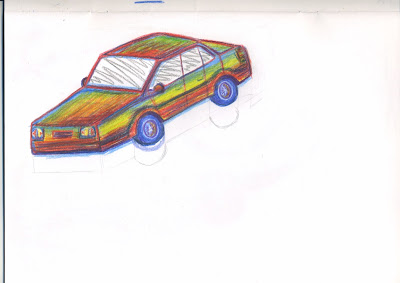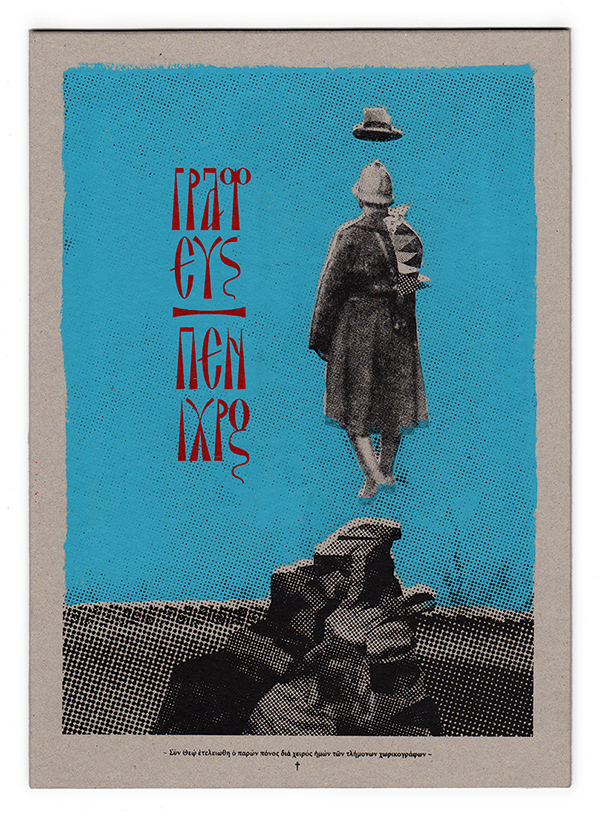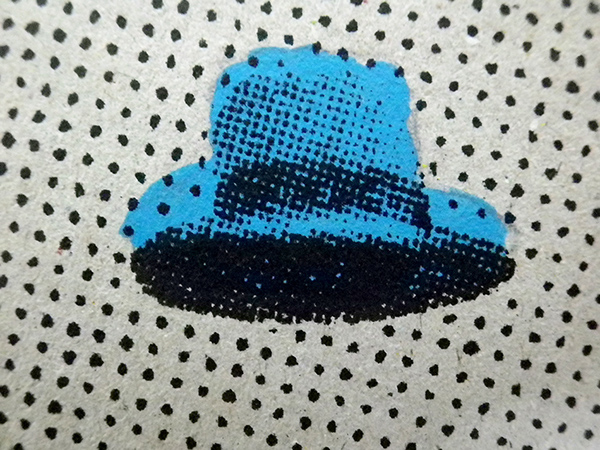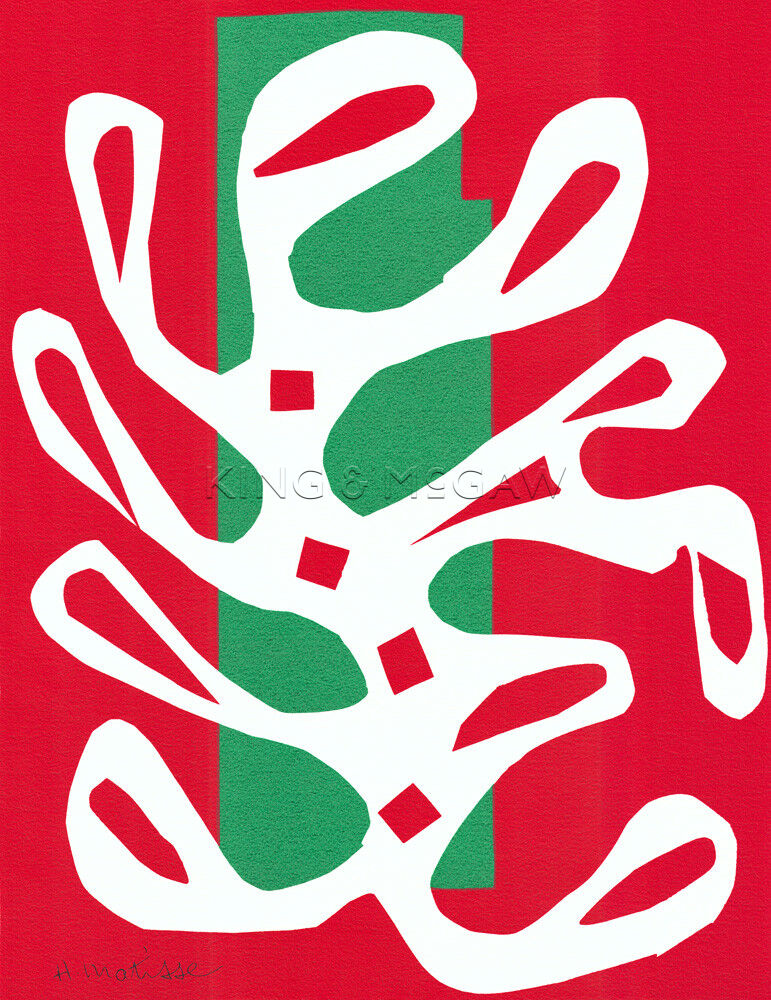He had the idea of drawing an object related to each concept, and also the idea of illustrating some logos he came up with that would be for each of the co-ops.
We both seemed to agree about objects being a good idea.
From this image I collected the appropriate images for the others -
Specialist Equipment co-ops
Residential co-ops
the imagery is really simple and straightforward, but Alec's suggestion of colourful pencil drawings will bring them to life.
These cars are not quite up to the standard of the rest of the magazine, as they are scruffy etc - which can work, but I want to try and make something that I can use in my portfolio in the future.
I'm happier with this drawing, - I've managed to fit in all the colours that I can to stick to the 'multicoloured' theme. It has a naive, cartoonish style but not so much that it looks childish.
This was incredibly tricky to draw because of the lighting and the reflections in the metal
I just drew the bed from my head, as a photograph wasn't needed. Shading the bed cover was pretty difficult, as I had to use an array of colours on such a simple detail.
This one is probably the best. I'm happy with all of them, though.
















































